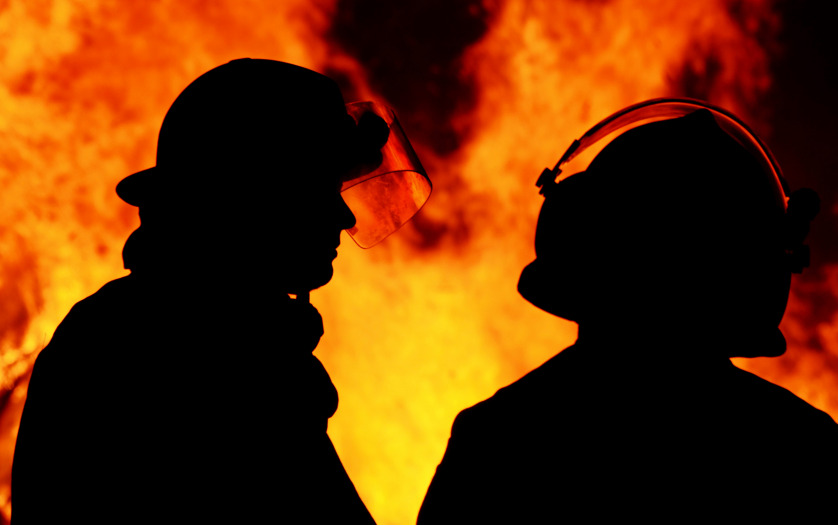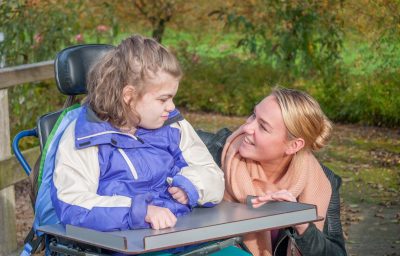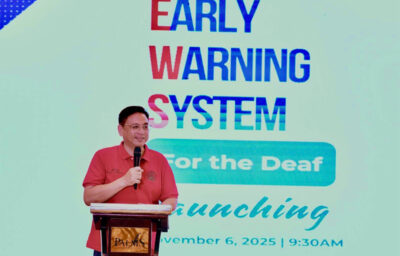
The current bushfire crisis across Australia has highlighted the importance of involving persons with disabilities in disaster plans and recovery programs.
“People with disability, alongside many other Australians, have been affected by the devastating series of bushfires burning across the country,” said Jeff Smith, CEO, People with Disability Australia (PWDA).
“We know that many have had to leave accessible homes, and have lost essential aids and equipment.”
“We are calling on all levels of government – local, state and federal – to make sure that people with disability are prioritised when preparing and enacting disaster plans,” said Mr Smith.
“Disability advocacy services have been playing a vital role in their communities during the bushfires, working on the ground tirelessly in evacuation centres, and connecting people with disability with the supports they need”, said Mary Mallett, CEO, Disability Advocacy Network Australia (DANA).
“The newly announced National Bushfire Recovery Agency needs to provide urgent funding for disability advocacy and information services in bushfire affected regions both now, to deal with the emergency, and for the longer term recovery.”
“People with disability must have a seat at the table now, and into the future, so that our expertise can be part of planning the enormous recovery effort that is now underway,” said Catherine McAlpine, CEO, Inclusion Australia.
“Disaster-related communications, in particular, have to be accessible for all people with disability, including people with intellectual disability.”
“Information is critical at times of crisis – people need to know what is happening, how to stay safe and access what they need. Disability Information services are best placed to make sure this information is always available and accessible. We’ve reached thousands of people this last week alone,” said Diana Palmer, Executive Officer, IDEAS.








